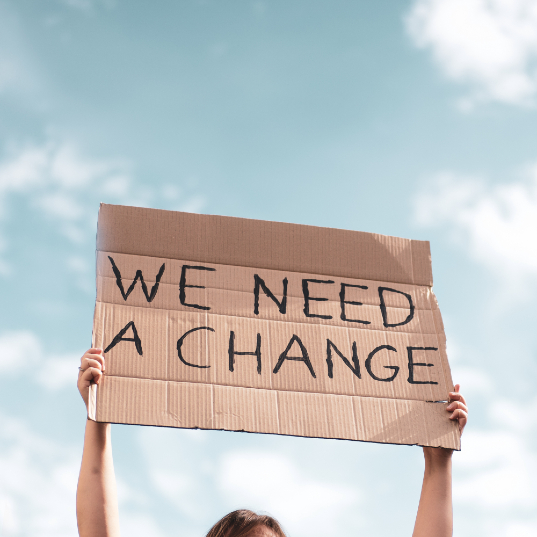Notwithstanding everything that's happened this year, 2020 is a decisive year in terms of climate. This week marks five years since the Paris Agreement was ratified. The countries that agreed to it must now update their NDCs (Nationally Determined Contributions) to make their commitment to the fight against climate change even more ambitious. However, as this year comes to an end, only 2 countries have submitted their second NDC, with a mere 12 out of 196 parties having committed to going further than their first NDC (until December 8). The vast majority have either not delivered their plans or have presented insufficient measures to curb climate change. Not to mention that the United States, one of the world's highest emitters of CO2, withdrew from the Paris Agreement at the beginning of November. Fortunately, Joe Biden has already announced his intention to rejoin the agreement.
On the fifth anniversary of the Paris Agreement, we want to answer two questions that we think are of particular importance on this date: Which countries have updated their NDCs? Which countries have proposed new contributions to fighting climate change?
Who has submitted their second NDC? Countries advancing in their fight against climate change
To be considered as progress, an updated NDC must result in lower emission levels than the previous NDC and contribute to the Paris Agreement's commitment to limiting global warming to 1.5°C. In other words, the measures laid out by each country must make their commitment to fighting climate change more ambitious than before.
Suriname and the Marshall Islands are the only two countries to have presented their second NDCs. These regions are responsible for only a fraction of global CO2 emissions. To give you an idea, the Marshall Islands emitted 143 kt of CO2 in 2016, whereas China emitted around 9,900,000 kt of CO2, according to data from the World Bank.
Which NDC updates are valid and which aren't?
Among the countries to have submitted updated NDCs are Thailand, Mongolia, Cuba, Vietnam, Jamaica, Andorra, Rwanda, Chile, Norway, Moldova, Colombia, Georgia, Indonesia, New Zealand, Singapore, Japan, Russia and Australia. However, not all the proposals constitute an improvement. This is the case with the last seven countries in that list.
 Russia's plans for 2030 will have no impact on reducing the country's emissions. The same is true for New Zealand, Japan and Singapore, which have pledged the same emission reduction target, therefore not meeting the Paris Agreement requirement that each successive NDC must contain more ambitious measures.
Russia's plans for 2030 will have no impact on reducing the country's emissions. The same is true for New Zealand, Japan and Singapore, which have pledged the same emission reduction target, therefore not meeting the Paris Agreement requirement that each successive NDC must contain more ambitious measures.
Indonesiadoesn't meet the requirements either. According to the Climate Action Tracker, a website that analyses governments' climate actions and compares them to the objectives of the Paris Agreement, the country's NDCs are "very insufficient", as they would see global warming rise by 3 to 4 degrees. Angus Taylor, Australia's Minister for Energy and Emissions Reduction, told parliament that the government would simply recommunicate its current NDC for COP26 and will not improve on its current 2030 target.
Countries on the right track to curb climate change
It's not all bad news on the fifth anniversary of the Paris Agreement. There are also some glimmers of hope. Look at Chile, for example. The Latin American country's revised climate objectives represent a significant improvement compared to its first NDC.
The original document set an unconditional target of reducing CO2 emissions by 30 % below its 2007 levels by 2030. In its new NDC, Chile has committed to achieving carbon neutrality by 2050 by reducing emissions and nurturing natural carbon sinks. It also links climatic and socio-environmental dimensions.
Another country that stands out in a positive sense is Norway. According to its updated NDC, it will reduce emissions by at least 50 % by 2030, an improvement compared to its previous target of 40 %. Nonetheless, this is only one small step in the right direction. Despite submitting more ambitious measures, and the fact that Nordic countries are dominating sustainability rankings, Norway is still a way off from complying with the Paris Agreement.
A much greater effort is needed from all countries to curb climate change. It will take a global commitment to sustainability and effective measures to limit global warming to 1.5°C and tackle the climate crisis.
Sources: Climate Action Tracker, United Nations Framework Convention on Climate Change